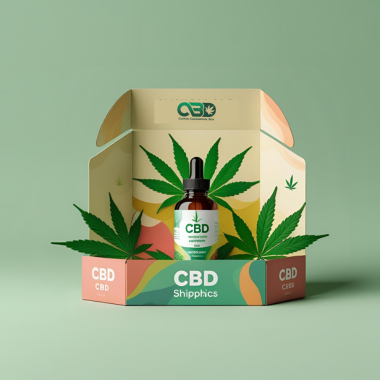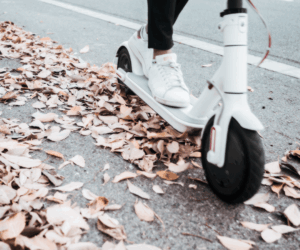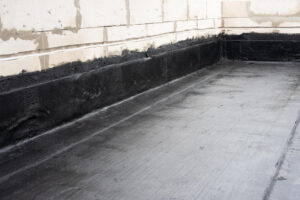Being present online has become much more important today than it ever used to be, mainly due to the explosive growth in mobile users. Web design has changed dramatically to suit these on-the-go consumers with responsive design—a game-changer that ensures your website looks and performs well on any device.
In today’s post-mobile-first world, websites aren’t just designed for desktops—they’re optimized first and foremost for smartphones. For PrestaShop store owners, adapting to these changes is not just about aesthetics or speed. It’s also about visibility in search results, and that’s where image optimization plays a surprisingly vital role. One element that’s often overlooked but critical to e-commerce SEO is the correct use of SEO Alt Tags PrestaShop features.
Why Alt Tags Matter for Mobile-First SEO
Alt tags, also known as “alternative text,” serve as textual descriptions for images. Originally intended for accessibility (e.g., screen readers for visually impaired users), alt tags have since become an essential part of on-page SEO strategy.
Why? Because search engines can’t “see” images the way humans do—they rely on alt tags to understand what the image is about. For online stores filled with product photos, banners, and infographics, this creates an opportunity to boost keyword relevance, improve crawlability, and appear in image-based search results.
In a mobile-first environment, where Google indexes the mobile version of your site first, it’s even more important to ensure that alt text is clear, concise, and SEO-optimized—especially since many mobile users search using image results.
How PrestaShop Handles Image Alt Tags by Default
PrestaShop does include alt tag fields for product images, but they’re often left blank or auto-filled with generic values like product references. Without manual input, the alt tag may not provide any meaningful information to search engines or users.
As a store owner, it’s your responsibility to update these fields with keyword-rich, descriptive phrases that reflect what’s actually shown in the image. This doesn’t mean keyword stuffing; it means crafting relevant descriptions that match user search intent and your product offering.
Benefits of Optimized Alt Tags in PrestaShop
-
Improved Search Visibility: Proper alt tags help images rank in Google Images and contribute to overall page SEO.
-
Better Mobile SEO: Mobile-first indexing considers alt text as part of on-page content, affecting how well you rank on mobile devices.
-
Enhanced Accessibility: Descriptive alt tags make your site usable for screen readers, improving UX and ADA compliance.
-
Faster Indexing: Alt-tagged images are easier for search engines to crawl and understand.
-
Higher Relevance Signals: Including relevant keywords in alt tags reinforces topical relevance on product pages.
Step-by-Step Guide to Optimizing Alt Tags in PrestaShop
Step 1: Identify All Product Images
Go to Catalog > Products in your PrestaShop dashboard. For each product, check the image gallery and take note of all visuals associated with that item.
Step 2: Edit Alt Tags from the Back Office
Click on a product, scroll to the Images section, and select the image to edit. You’ll find a text field labeled “Caption” or “Alt Text.”
Write a short, descriptive phrase about the image. For example:
-
Instead of:
image1.jpg -
Use:
Black leather men’s wallet with RFID protection
Ensure that the alt tag is:
-
Under 125 characters
-
Relevant to the page’s main keyword
-
Descriptive of what the image shows
Step 3: Add Keywords Naturally
While writing alt tags, integrate your target keywords only if they are relevant. Avoid keyword stuffing. For instance, if your product is a blue ceramic mug, and your keyword is “blue ceramic mug PrestaShop,” a natural alt tag might be:
-
Side view of a blue ceramic mug with matte finish
This helps Google understand the context without sounding robotic.
Step 4: Use Consistent Naming Conventions
If you’re bulk-uploading products, follow a naming structure that aligns with your alt tags and file names. PrestaShop often reuses the file name for SEO purposes, so using clear, hyphenated names like black-leather-wallet.jpg helps both indexing and clarity.
Step 5: Optimize for Mobile Speed
Alt tags themselves don’t slow down your site, but oversized images do. Compress your images using tools like TinyPNG or ImageOptim and use the WebP format where possible. Optimized images with proper alt tags load faster on mobile devices and are more SEO-friendly.
Step 6: Test and Audit Using SEO Tools
Use tools like:
-
Google Search Console to check for missing alt attributes
-
Lighthouse or PageSpeed Insights for mobile performance
-
Ahrefs or SEMrush to track how image-based traffic performs
Alt tags are part of your broader content strategy, so keep them aligned with your overall SEO goals.
Best Practices for Mobile-First Alt Tag Optimization
-
Keep It Short and Descriptive: Avoid long or generic alt tags.
-
Focus on Intent: Think about how a user would describe the product visually.
-
Avoid Keyword Stuffing: Use your keywords naturally and only once per image.
-
Include Product Details: Size, color, and type help differentiate images.
-
Audit Regularly: As you update products, make alt tag optimization part of your routine.
Structured Data and Image SEO Synergy
In addition to alt tags, structured data (Schema.org) can enhance your product listings in search results. By using structured data to identify product name, image, price, and availability, you enable Google to present rich snippets.
Pair this with well-optimized images and alt tags, and your product listings will stand out—especially in mobile search results where visual clarity makes a big difference in click-through rates.
Looking Ahead: The Growing Role of Visual SEO
As visual search technology grows (like Google Lens), optimizing your images for SEO isn’t just smart—it’s strategic. Shoppers increasingly use image recognition to find products, especially on mobile. Ensuring your images are clear, fast-loading, and accurately described puts your PrestaShop store in a strong position.
In the future, alt tags may even influence how AI tools interpret and display product images across platforms. Staying consistent with alt tag optimization now prepares your store for that next evolution.
Conclusion
Responsive design is no more a trend; it has become a need to navigate the modern mobile-first world. For users of PrestaShop, optimizing SEO Alt Tags Prestashop is a key tactic that not only improves accessibility and user experience but also helps enhance search visibility—particularly on mobile. As image-based search and mobile traffic continue to grow, well-crafted alt tags offer a simple but powerful way to stand out in the crowded e-commerce landscape.









